8 Creative Raised Garden Bed Designs for Your Backyard
A raised garden bed is a gardening structure that is built above ground level, typically using wood, brick, or concrete blocks to create a frame.
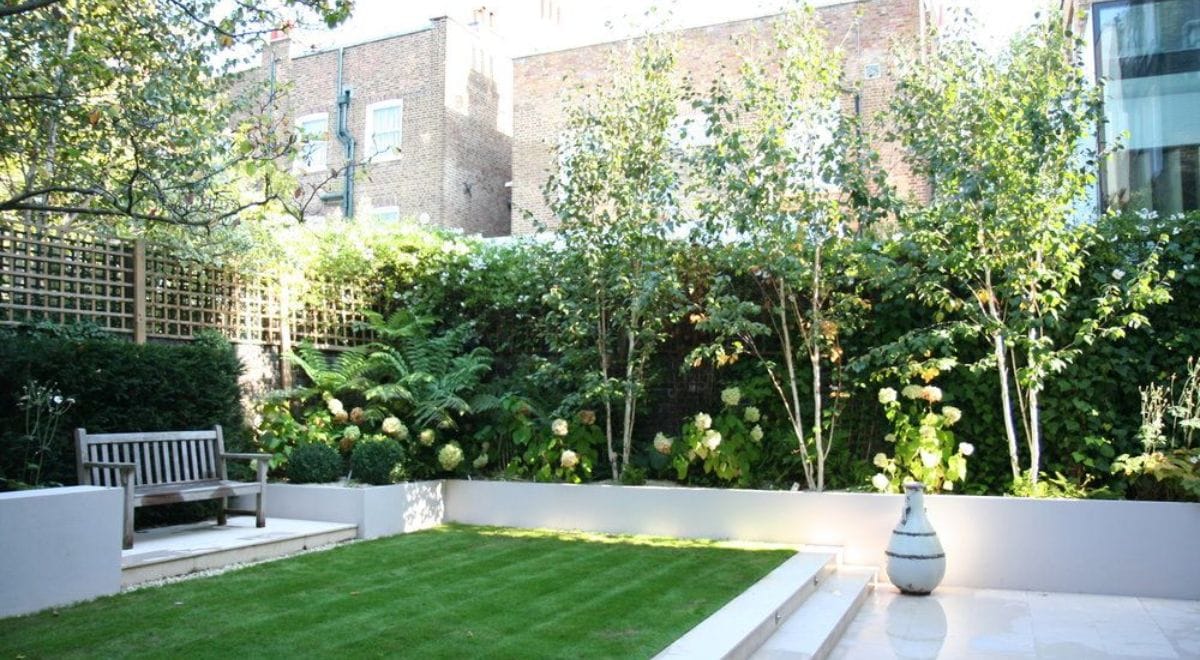
A raised garden bed is a gardening structure that is constructed above the ground level. It is typically made of wood, brick, or concrete blocks, which are then filled with a soil mixture and used to grow plants in.
Home gardeners can profit from raised garden beds in a variety of ways, including easier entry, improved drainage, and insect management. They are also a wonderful way to give your patio or outdoor area more visual appeal. There are many inventive design options available if you're thinking about constructing a raised flower area. From conventional wooden frames to contemporary metal versions, the choices are virtually endless.
In this article, we'll share 8 creative raised garden bed design ideas to help you get started on your own outdoor sanctuary, the advantages of a raised garden, the materials needed to construct raised garden, and the tools required to keep a raised garden.
Vertical planter:
A vertical planter is a type of raised garden bed that is built vertically, using wooden planks or metal bars to create a frame. Vertical planters are a great option for small spaces or for adding a vertical element to your garden. They can be used to grow a wide range of plants, including vegetables, herbs, and flowers.
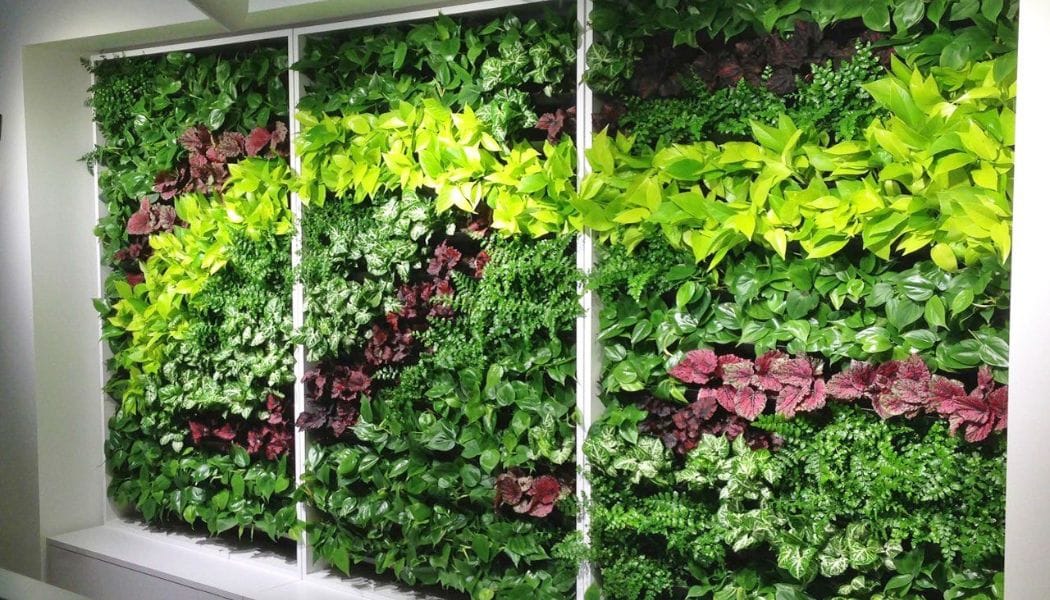
2. Hexagonal bed: A hexagonal raised garden bed is a gardening construction that is fashioned like a hexagon, with six edges. Raised garden beds that are hexagonal are a wonderful way to optimize space while also adding visual character to your backyard or outdoor area.

3. Pallet bed: A elevated garden bed constructed from recycled pallets is known as a pallet raised garden bed. Pallets are wooden crates that are frequently used for transporting and keeping products. They can be recycled into garden beds as a cost-effective and environmentally responsible choice.
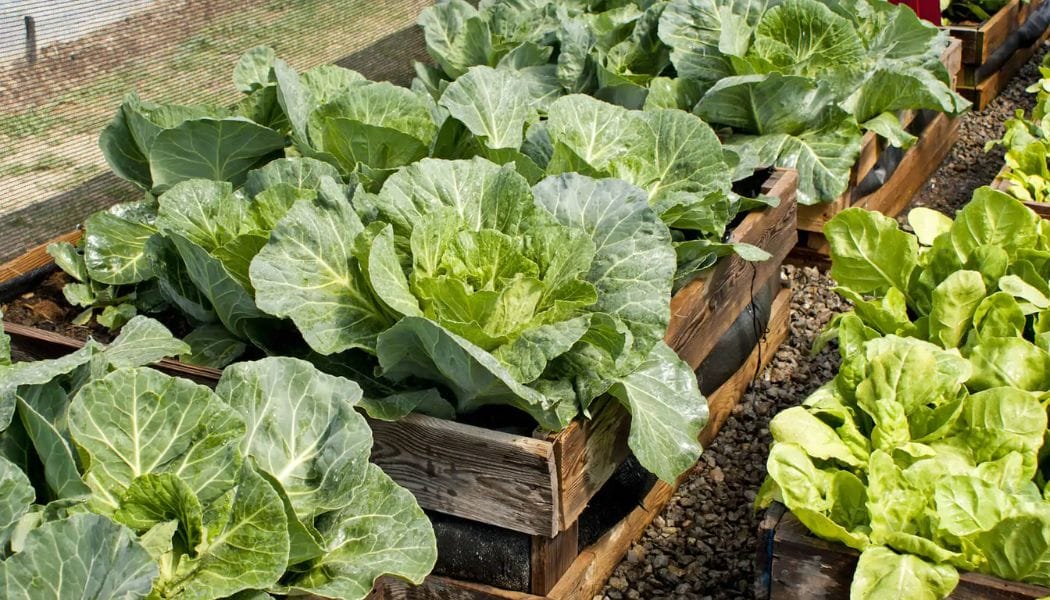
4. Tiered bed: Raised garden beds with numerous layers or tiers are called tiered raised garden beds. In addition to allowing you to grow a range of plants in a compact area, this design can also be an eye-catching addition to your backyard or outdoor area.
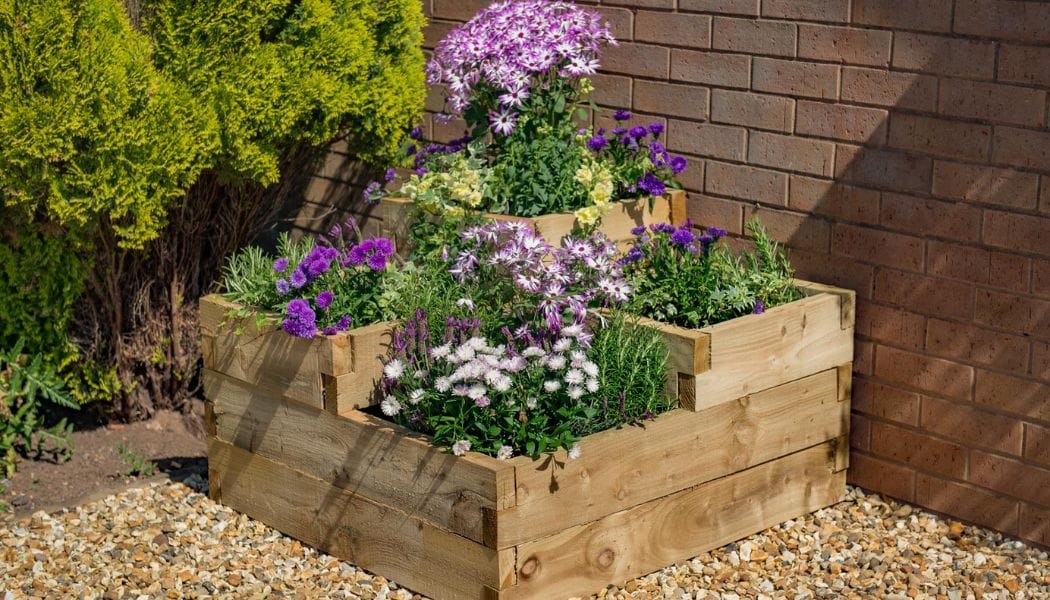
5. Pyramid bed: A raised garden bed that resembles a pyramid and has three or more edges is called a pyramid raised garden bed. This design can help you save room while also adding a distinctive and eye-catching feature to your yard

6. Living wall bed: A living wall garden bed is a style of elevated garden bed that is constructed vertically and has a diversity of plants, giving the impression that it is a "living wall". This design can be an aesthetically attractive element in your backyard or outdoor area and can also help to create a natural habitat for pollinators and other animals.
7. Kitchen garden bed: Specifically created for growing plants and veggies that are frequently used in cookery, kitchen garden beds are a form of the raised garden bed. This type of garden plot can be a wonderful way to have fresh, homegrown vegetables on hand for your meals and can also add a useful and aesthetically attractive aspect to your patio or outdoor area.
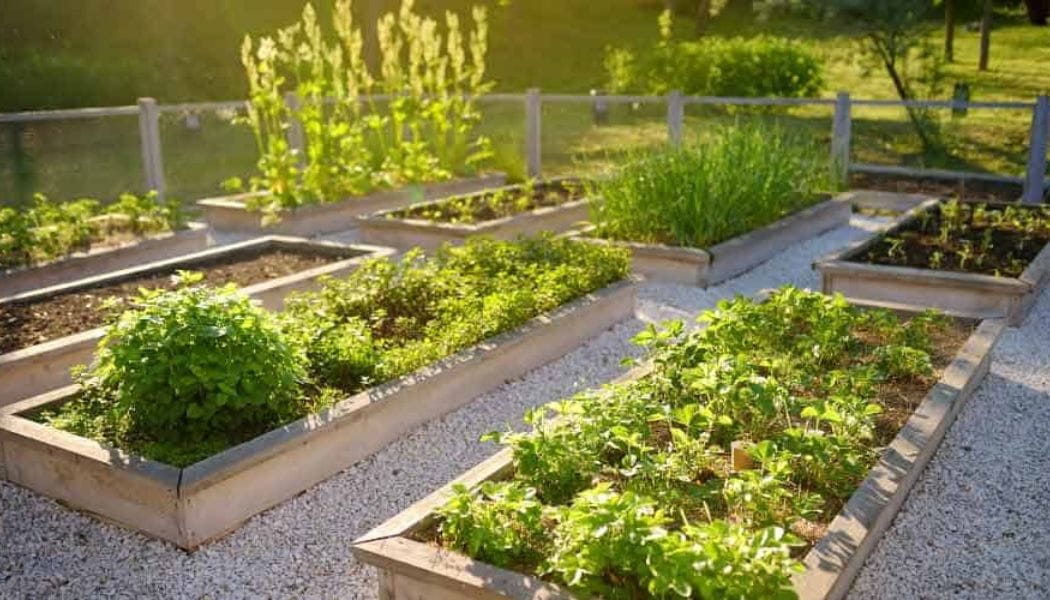
8. Rustic bed: A raised garden bed that has a natural, rural look is known as a rustic raised garden bed. This kind of garden bed can be a cost-effective way to add a natural and aesthetically pleasing aspect to your lawn or outdoor space.
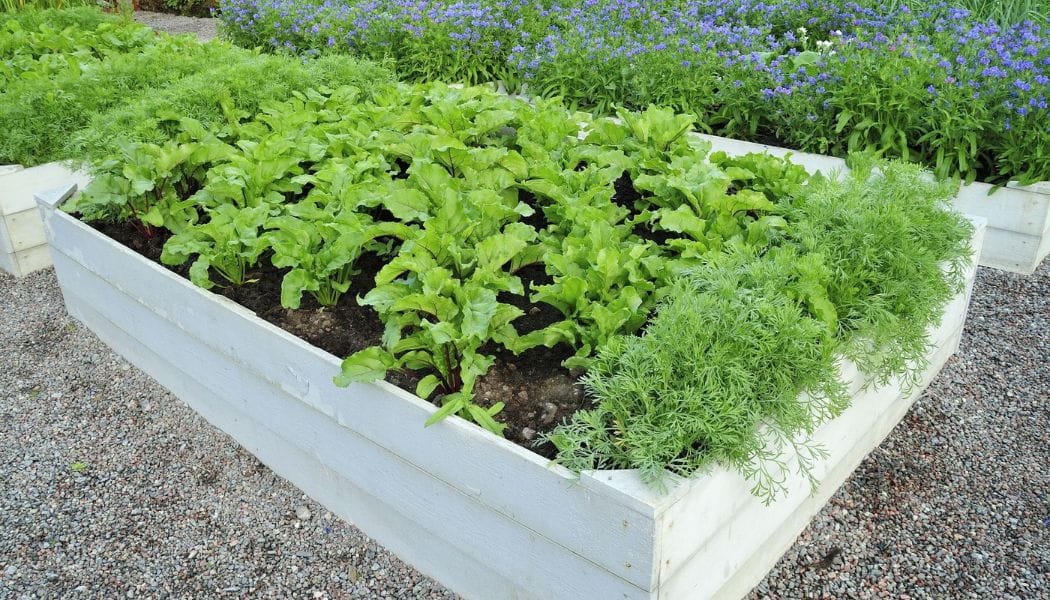
Benefits of using Raised Garden Beds:
- Improved drainage: Raised garden beds enable extra moisture to drain away from the earth, avoiding waterlogging and fostering wholesome plant development.
- Pest control: Pests like slugs and snails, which can be an issue in ground-level gardens, can be repelled by raised garden beds.
- Ease of access: Raised garden plots are frequently constructed at a handy height for gardeners, making it simpler to reach plants and give them care without bending over.
- Improved soil quality: Raised garden beds enable you to fill the bed with a high-quality soil blend, rather than depending on the often poor-quality soil found in many yards.
- Better plant growth: Because the soil quality and drainage are superior in raised flower beds, plants can develop more successfully. More influence over the developing environment By adjusting the soil composition, water levels, and other elements, raised garden beds give you the flexibility to create the perfect growing circumstances for your plants.
- Greater control over growing conditions: By adjusting the soil composition, water levels, and other elements, raised garden beds give you the flexibility to create the perfect growing circumstances for your plants.
- Enhanced aesthetics: Your backyard or outdoor area can benefit visually from raised garden beds, which can be made in a variety of ways to suit your preferences.
- Increased yield: Raised garden beds can often produce higher yields due to improved growing conditions.
- Water conservation: As the soil in raised garden plots tends to hold moisture better than soil at ground level, they can aid in reducing water utilization.
- Eco-friendliness: Raised garden beds can be an environmentally-friendly option, as they can be made from recycled materials and can help to reduce the use of synthetic fertilizers and pesticides.
Here are some examples of flora and veggies that are suitable for raised garden beds:
- Tomatoes: Due to their comparatively tiny size and need for well-draining soil, tomatoes are a common option for raised garden plots.
- Cucumbers: Cucumbers are another good choice for raised garden beds, as they can be grown vertically using trellises or other support structures.
- Lettuce: Lettuce develops well in raised vegetable plots due to the ability to regulate the soil blend and moisture levels.
- Radishes: Since they develop quickly, radishes are a crop that does well in raised garden beds.
- Carrots: Raised garden beds are ideal for producing carrots because the soil blend can be customized to meet their unique growth requirements.
- Peas: Peas are a good choice for raised garden beds, as they can be grown vertically using trellises or other support structures.
- Beans: Both green beans and dried beans grow well in raised garden beds.
- Spinach: Spinach is a leafy vegetable that grows quickly and is ideal for producing in raised garden plots.
- Swiss chard: Swiss chard is another leafy green that grows well in raised garden beds.
- Zucchini: Zucchini is a popular choice for raised garden beds due to its relatively small size and the ability to grow vertically.
The most crucial equipment and materials you'll need to construct and keep a raised garden plot are:
- Wood or other materials for building the bed frame: Depending on the design of your raised garden bed, you may need lumber, bricks, concrete blocks, or other materials to build the frame.
- Soil mix: It's important to use a high-quality soil mix for your raised garden bed, as this will provide the nutrients that your plants need to thrive. Depending on your particular requirements, you might need to either buy or make your own dirt mixture.
- Seeds or seedlings: The plants you want to develop in your raised garden area must be chosen, and you must either buy seeds or seedlings to sow.
- Watering tools: To hydrate your plants, you'll need a watering can or pipe. To help guide the water to the bases of the plants, you'll also need a spray nozzle or irrigation wand.
- Garden gloves: When working in your yard, it's a good idea to wear mittens to protect your hands from thorns, grime, and other dangers.
- Shovel: A shovel can be helpful for digging and turning the soil in your raised garden bed.
- Rake: A rake can be useful for leveling the soil in your raised garden bed and for removing weeds.
- Pruning shears: Plants can be pruned and shaped to the desired size and form using pruning tools.
- Mulch: Mulch can be helpful for retaining moisture in the soil and for suppressing weeds.
- Fertilizer: Depending on the needs of your plants, you may need to use fertilizers to provide additional nutrients to the soil.
Conclusion
For house gardeners who want to enhance their outdoor area and raise their own plants, raised garden beds are a fantastic choice. They provide a number of advantages, such as enhanced drainage, insect control, and simplicity of entry. Additionally, there are many different design choices available, allowing you to find a look that matches your preferences and requirements.
Raised garden beds can be a gratifying and enjoyable way to cultivate your own plants, regardless of whether you are a seasoned gardener or are just getting started. You can make a lovely and fruitful raised garden bed on your own property with the appropriate equipment, materials, and fundamental knowledge.




Comments ()